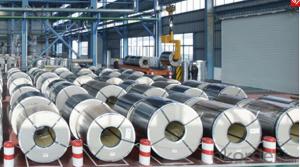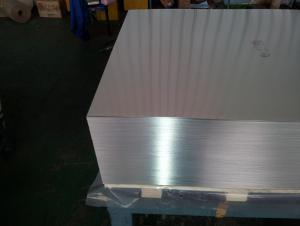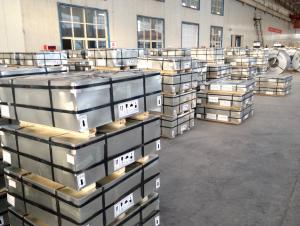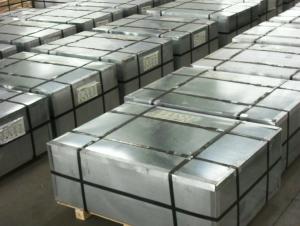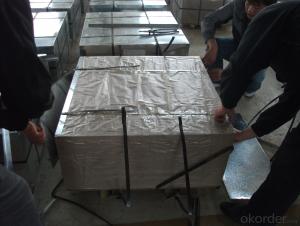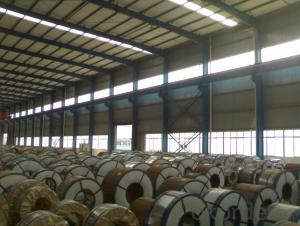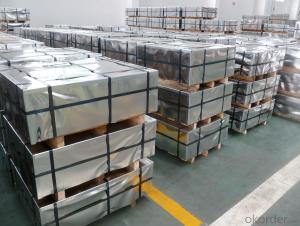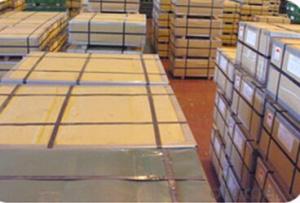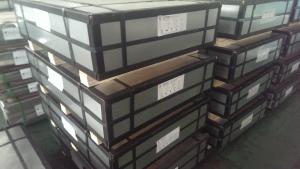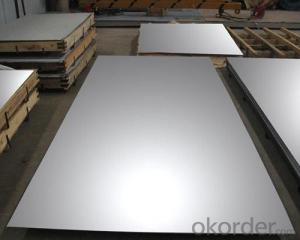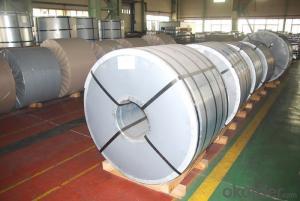Lionel Tinplate Trains
Lionel Tinplate Trains Related Searches
4 By 8 Plastic Sheets Thin Plastic Sheets Flexible Tinplate Coil Quotes Tinplate Iron Clear Plastic Sheets Hard Plastic Sheets 4X8 Lightweight Plastic Sheets Wavy Plastic Sheets White Plywood Sheets Poly Styrene Foam SheetsHot Searches
Tinplate China Tinplate Stock Price Tata Tinplate Price List Tinplate Price Trend Tinplate Nse Share Price Tinplate Price Chart Tinplate Share Price Nse Tata Tinplate Share Price Tinplate Share Price Today Tinplate Share Price Bse Tinplate Price Tinplate Share Price Tinplate Coil Manufacturers Tinplate Sheet Suppliers Food Mixer Sale Tinplate Factory Tinplate Production Tinplate Products Ltd Tinplate Products Tinplate Can ManufacturersLionel Tinplate Trains Supplier & Manufacturer from China
Okorder.com is a professional Lionel Tinplate Trains supplier & manufacturer, offers integrated one-stop services including real-time quoting and online cargo tracking. We are funded by CNBM Group, a Fortune 500 enterprise and the largest Lionel Tinplate Trains firm in China.Hot Products
FAQ
- How to distinguish galvanized plate and tin plate
- The zinc plating on the galvanized sheet has no grain on the surface of the galvanized sheet under the optical microscope. Drip water on galvanized sheet can form more spreading water droplets, while on tin plate, water drops will shrink rapidly.
- There are several methods of cutting and shaping tinplate, including shearing, stamping, laser cutting, and forming.
- Some health and safety concerns associated with tinplate include potential exposure to tin, which can cause respiratory issues and skin irritation if inhaled or in contact with the skin for prolonged periods. Additionally, the coatings used on tinplate may contain harmful chemicals like bisphenol A (BPA), which has been linked to various health problems. It is important to handle and use tinplate products with caution, ensuring adequate ventilation and avoiding direct contact with the coating.
- The main factors affecting the price of tinplate include the cost of raw materials, such as tin and steel, supply and demand dynamics in the market, changes in manufacturing and production costs, fluctuations in currency exchange rates, and government policies and regulations. Additionally, global economic conditions, trade tariffs, and geopolitical factors can also influence the price of tinplate.
- There are several advantages of using tinplate for pharmaceutical packaging. Firstly, tinplate is highly resistant to corrosion, ensuring the integrity and safety of the pharmaceutical products. Secondly, tinplate provides excellent barrier properties, protecting the contents from moisture, light, and oxygen, which can degrade the quality and efficacy of medications. Additionally, tinplate is sturdy and durable, providing adequate protection during transportation and storage. Finally, tinplate is easily recyclable, making it an environmentally friendly choice for pharmaceutical packaging.
- Yes, tinplate can be used for coffee or tea packaging. Tinplate is a popular choice for packaging due to its durability, resistance to moisture and oxygen, and ability to preserve the aroma and flavor of coffee or tea.
- Tinplate is commonly recycled through a process called "tin can recycling." In this process, tin cans are collected, sorted, and then shredded into small pieces. The shredded tinplate is then melted down to remove any impurities, and the molten metal is poured into molds to create new tinplate products. The benefits of recycling tinplate are numerous. Firstly, recycling tinplate helps conserve natural resources as it reduces the need for mining and extraction of new raw materials. Additionally, recycling tinplate reduces energy consumption and greenhouse gas emissions compared to producing tinplate from scratch. Moreover, recycling tinplate reduces the burden on landfill sites, as tin cans can take years to decompose. Finally, recycling tinplate helps create job opportunities in the recycling industry, contributing to the economy. Overall, tinplate recycling is an eco-friendly and sustainable solution that brings multiple environmental and economic benefits.
















